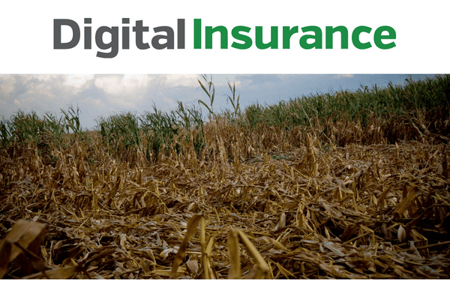Read more
Hemp growers share tips for farming uncharted territory
March 18, 2020
How to manage walnut orchard health after the floods of 2017
November 14, 2017
STAY INFORMED
Get product news and industry analysis delivered to your inbox.
The difference between Ceres Imaging and other technologies I've used is the help I get from their expert team.
With Ceres Imaging we can take a more targeted approach to applying fertilizer and nutrients.
These flights can cover way more ground and provide more insight than a dozen soil moisture probes — and it's cheaper to implement.
The average Ceres Imaging conductance measurement from its imagery over the season has provided the best correlation with applied water.

